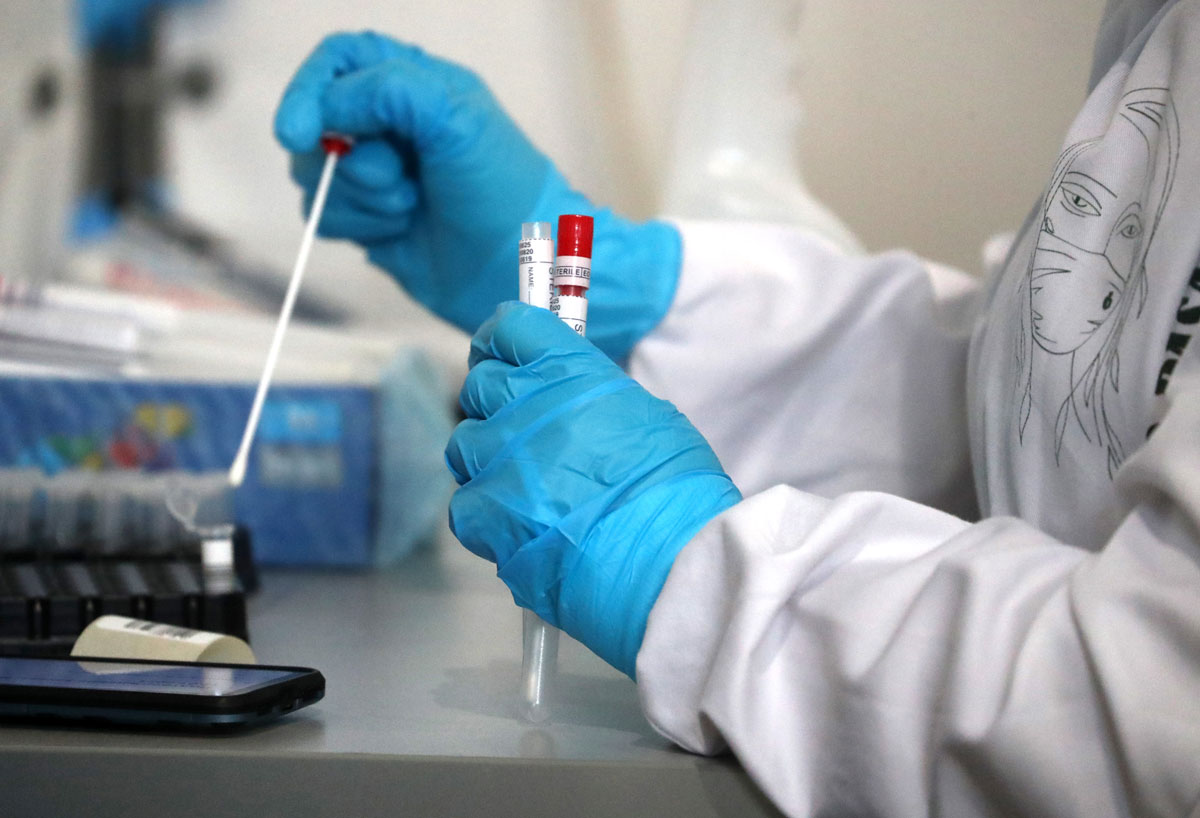
At least four new variants of coronavirus keep scientists awake at night.
One, first identified in the south-east of England, has now appeared in at least 50 countries and appears to be spreading more effectively than older variations of the virus. Its emergence frightened political leaders, who closed borders and imposed travel restrictions in an attempt to stop its spread.
Others, identified in South Africa and Brazil, have not traveled that far, but show a constellation of mutations that have caught the attention of geneticists.
B.1.1.7: At the top of the list for researchers in the United States is version B.1.1.7 seen for the first time in the UK. The US Centers for Disease Control and Prevention warned last week that it could worsen the spread of the pandemic.
Although there is nothing like the “new mutant virus” to attract attention, scientists say so far that they are calm about what they have discovered: the human immune system can cope with the variants that have appeared so far.
B.1.351: A variant first seen in South Africa called B.1.351 or 501Y.V2, has a different pattern of mutations that cause more physical changes in the structure of the spike protein than B.1.1.7. An important mutation, called E484K, appears to affect the receptor binding domain – the most important part of the spike protein for cell attachment.
P.1 and P.2: Two variants of concern first appeared in Brazil. One, called P.1., Was found in 42% of the specimens in a survey conducted in the Brazilian city of Manaus, and Japanese officials found the variant in four travelers from Brazil. P.2, first seen in Brazil, caused an alarm when it appeared in the UK last week to 11 people.
L425R: Finally, there is a new variant seen in California called the L425R and, although it is commonly found, it is not yet clear if it is more transmissible.
Read more about variants:
